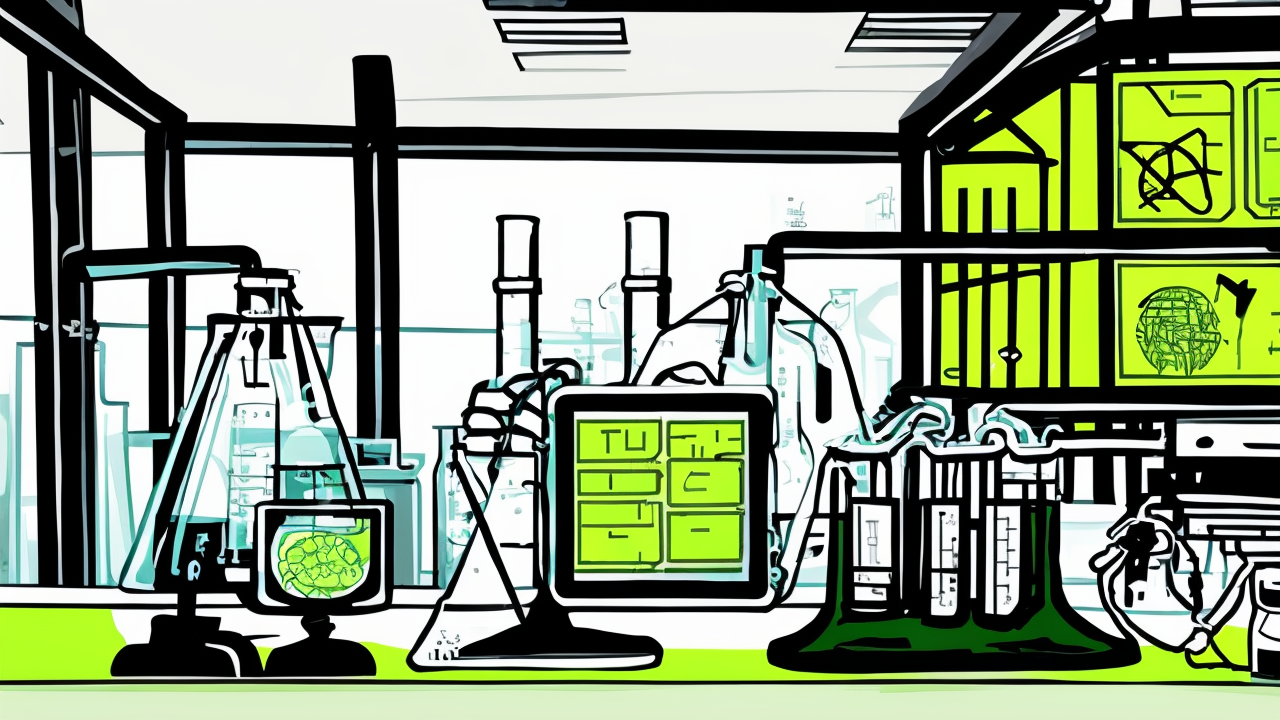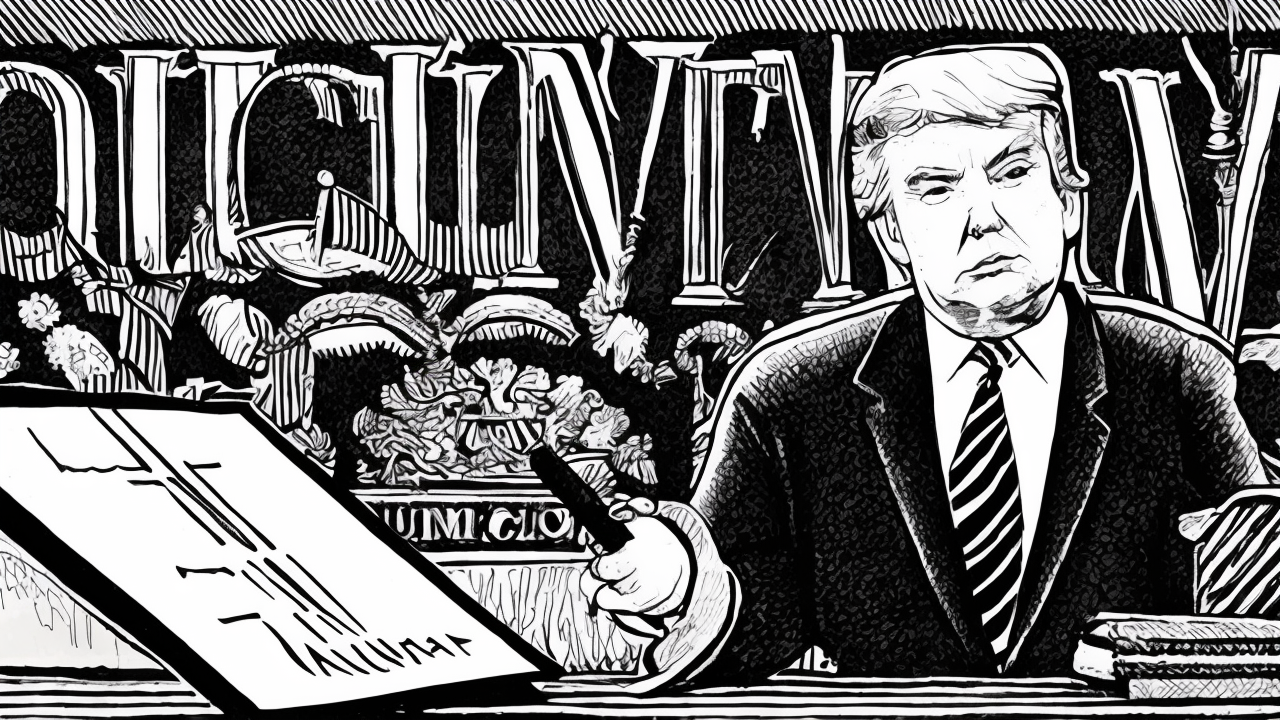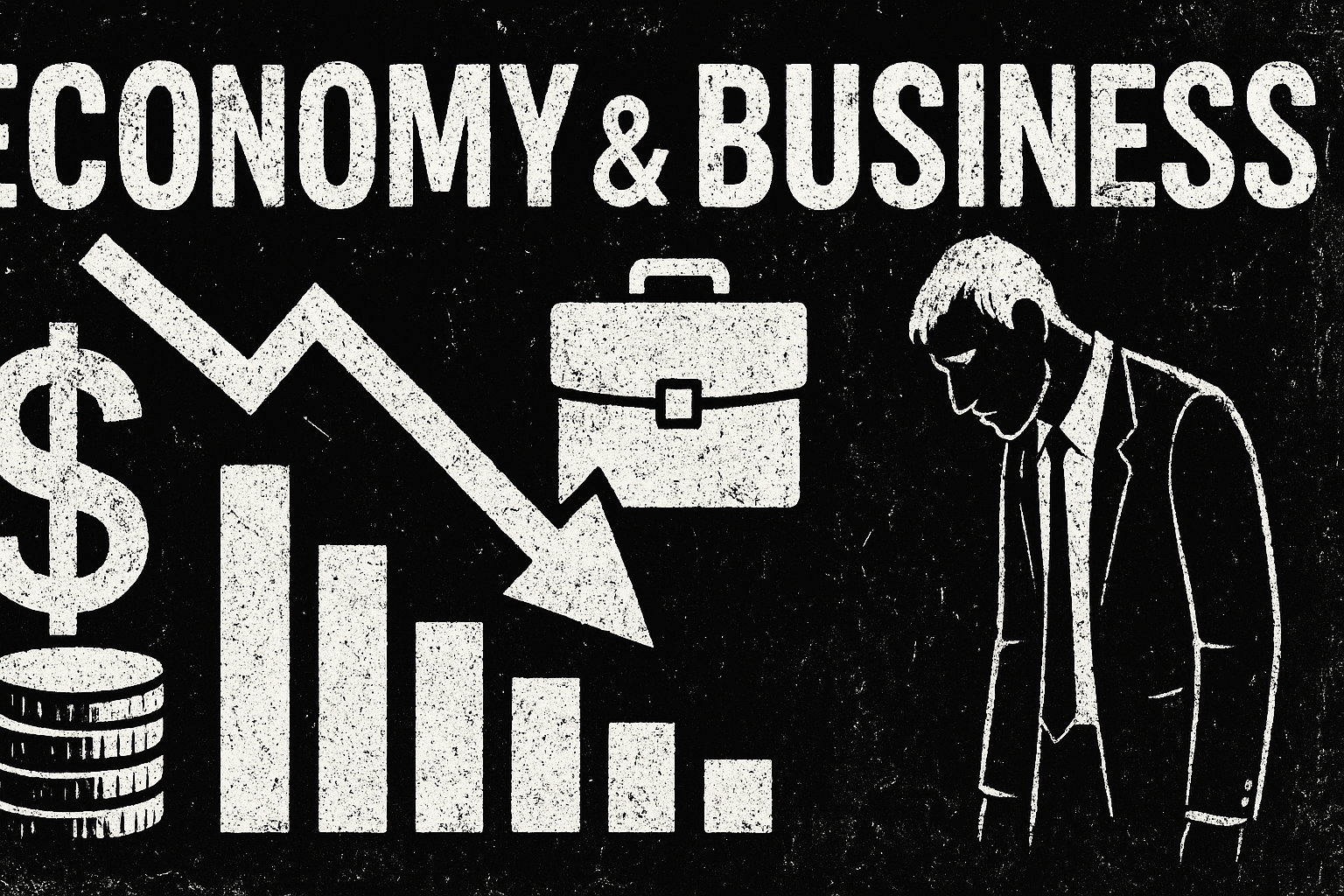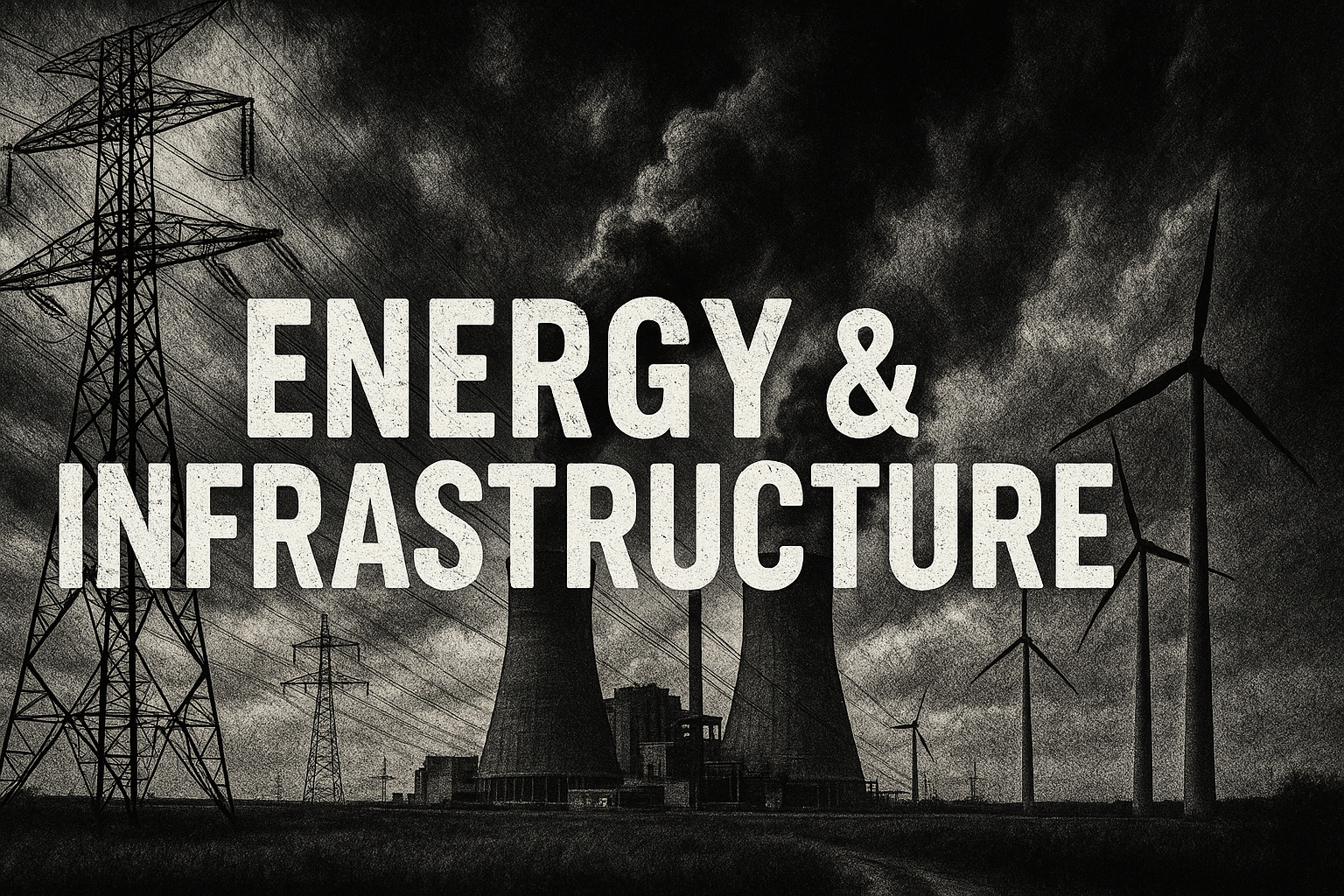Europe Faces Costly Grid Upgrade to Achieve Net-Zero Ambitions
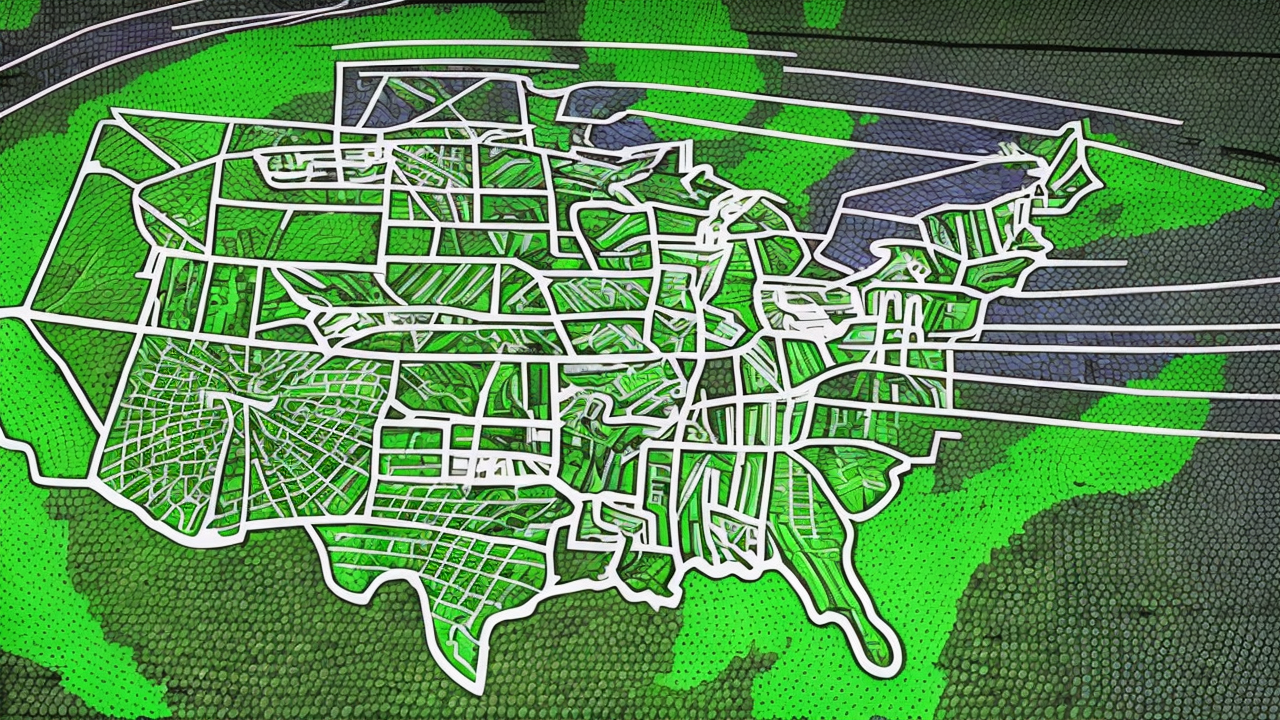
Europe’s push to reach net-zero emissions by 2050 relies heavily on expanding solar and wind power, which could triple the electricity flowing through its power grid. However, the continent’s existing grid, designed for centralized fossil-fuel power, is ill-equipped to handle the intermittent nature of renewable energy. Upgrading this infrastructure is estimated to cost between €2 trillion and €3 trillion by mid-century, excluding the costs of solar and wind installations.
Samuel Furfari, a former EU energy official, highlights the need for extensive interconnections between decentralized renewable sites, which require costly copper cables and substations. He warns that these upgrades will significantly raise electricity bills, potentially sparking public opposition.
Andy Mayer of the Institute of Economic Affairs criticizes Europe’s rigid renewable targets, arguing they risk malinvestment and strain supply chains. Mayer suggests a more flexible approach, letting supply lead grid expansion rather than forcing it, to reduce costs and improve feasibility.
With nearly half of Europe’s transmission lines over 40 years old, modernizing the grid is urgent. However, significant project backlogs and competition for materials complicate the transition. If not addressed, these challenges could undermine public confidence in Europe’s net-zero goals, potentially leading to political backlash.
Ultimately, the financial burden of grid upgrades will fall on consumers, raising concerns about affordability and public support for the ambitious net-zero agenda.
Published: 5/24/2025





